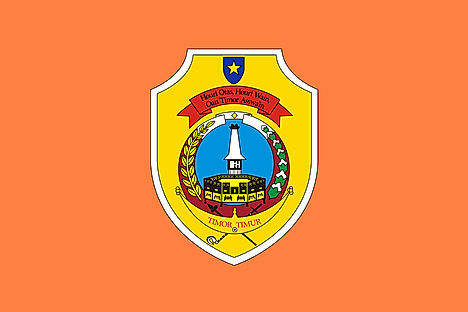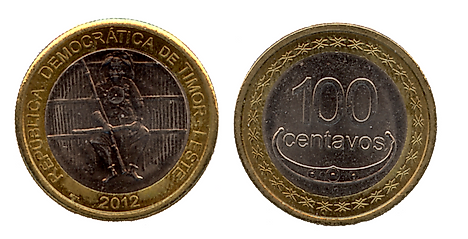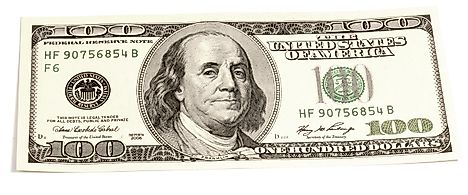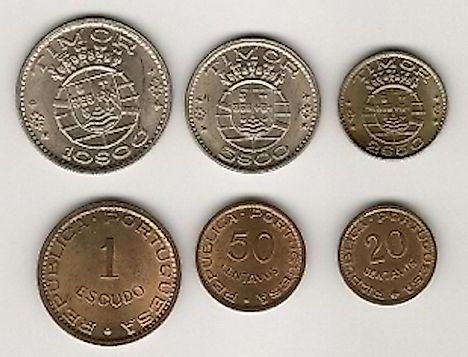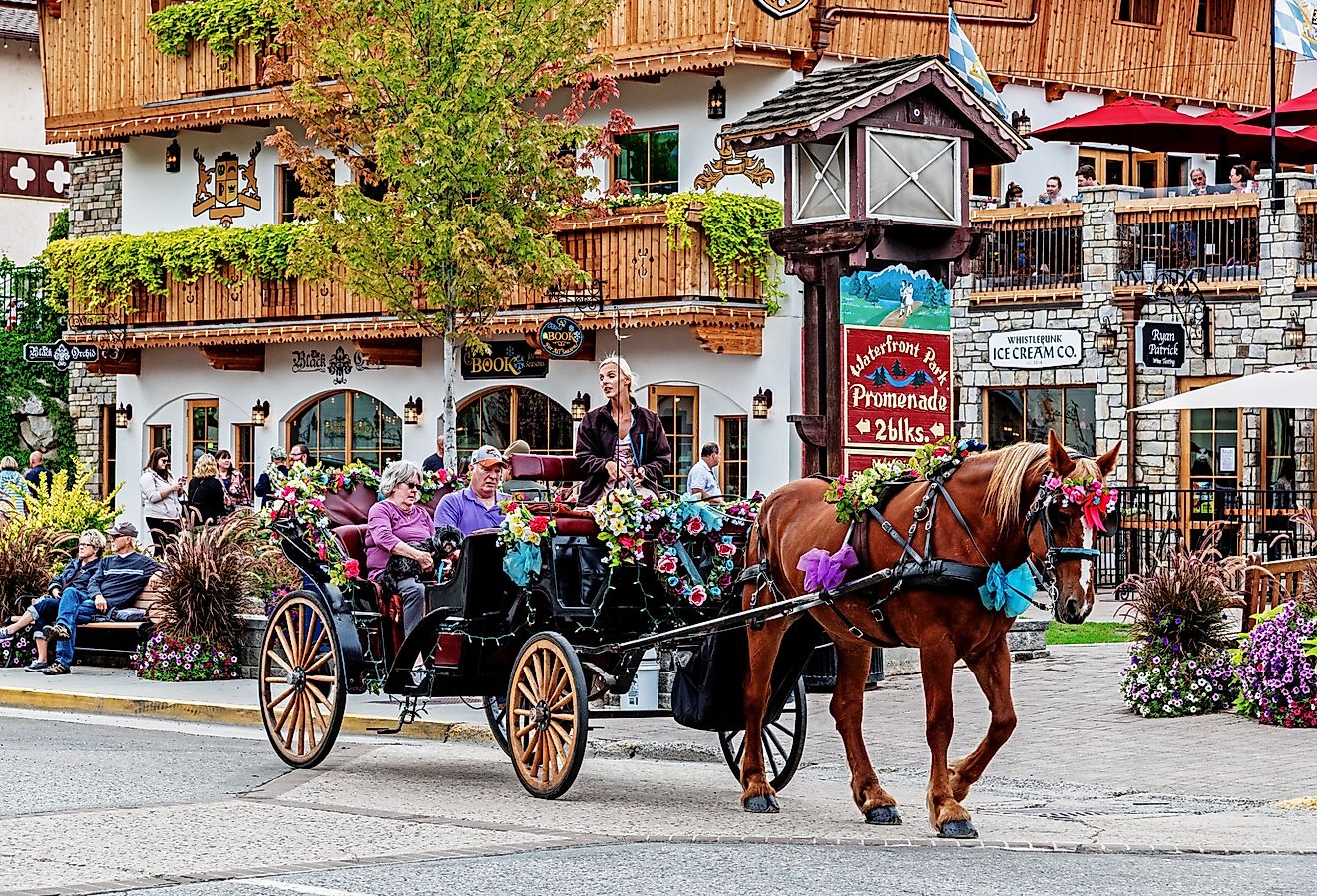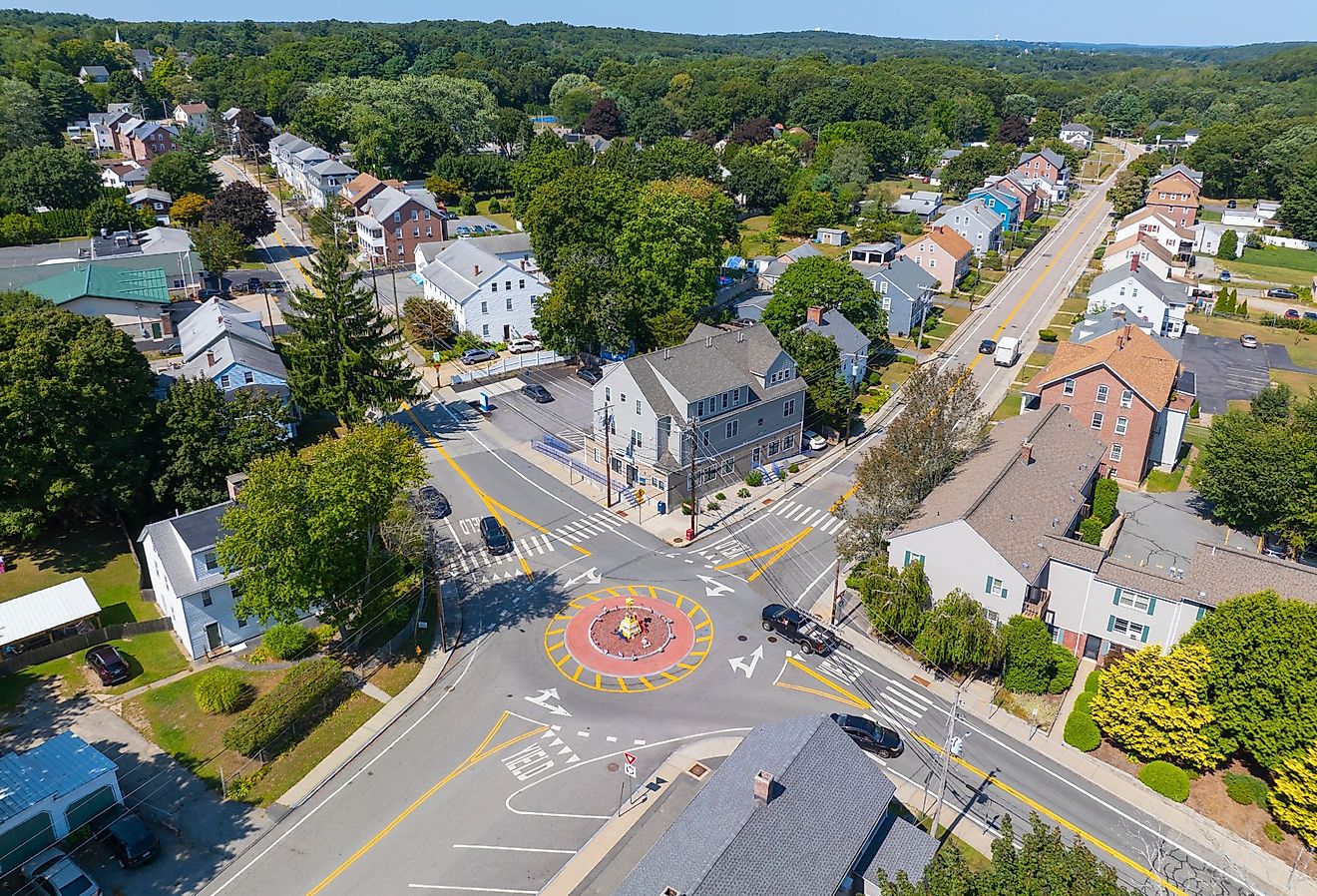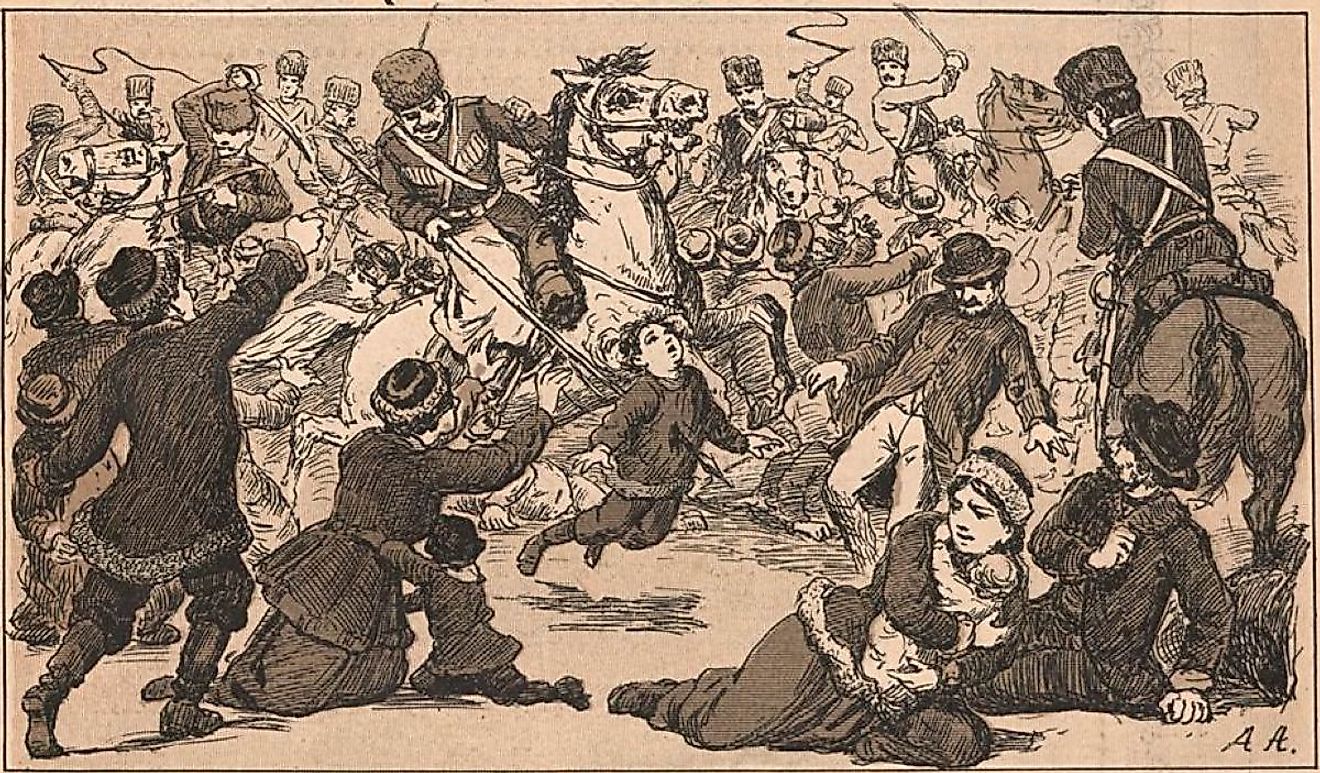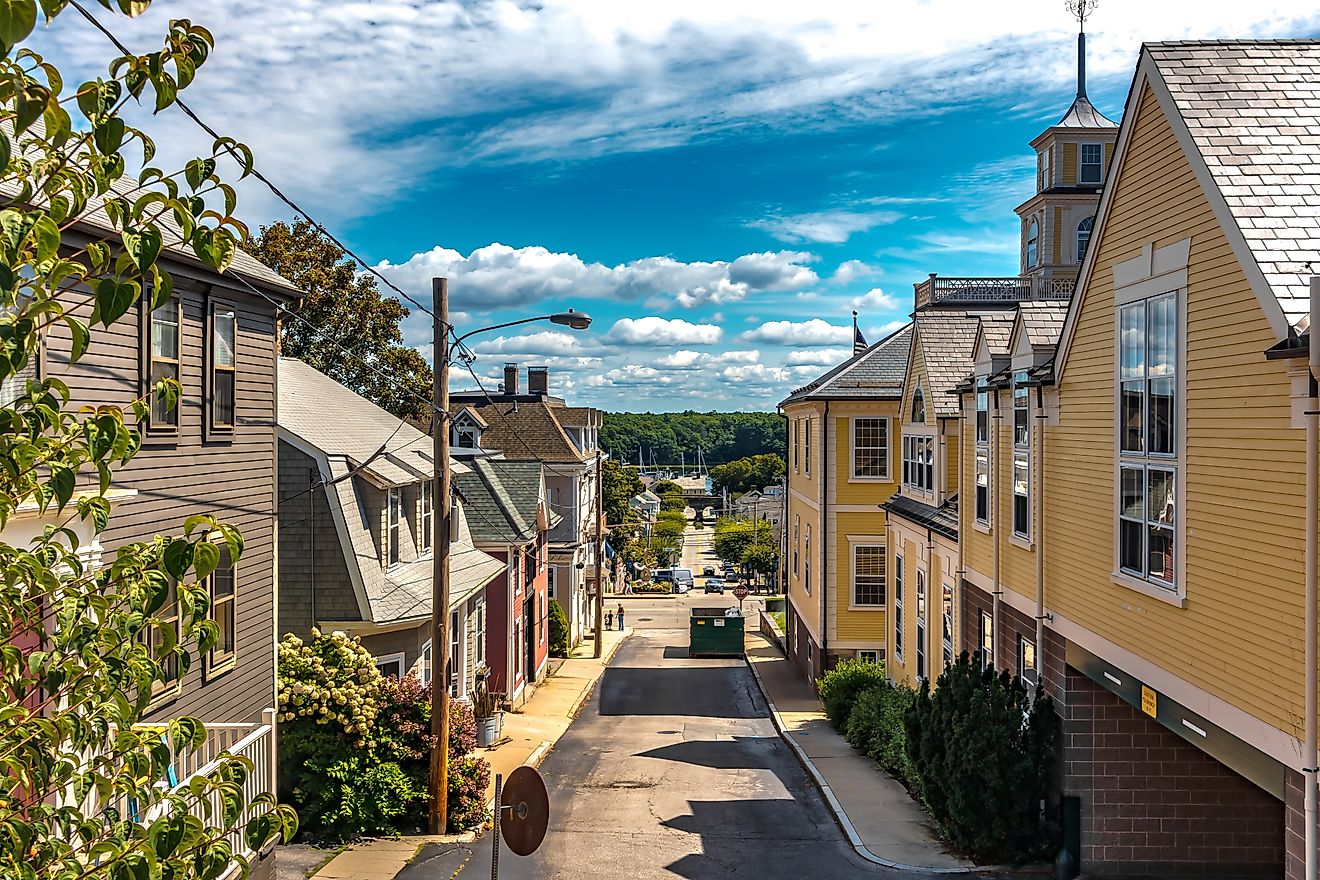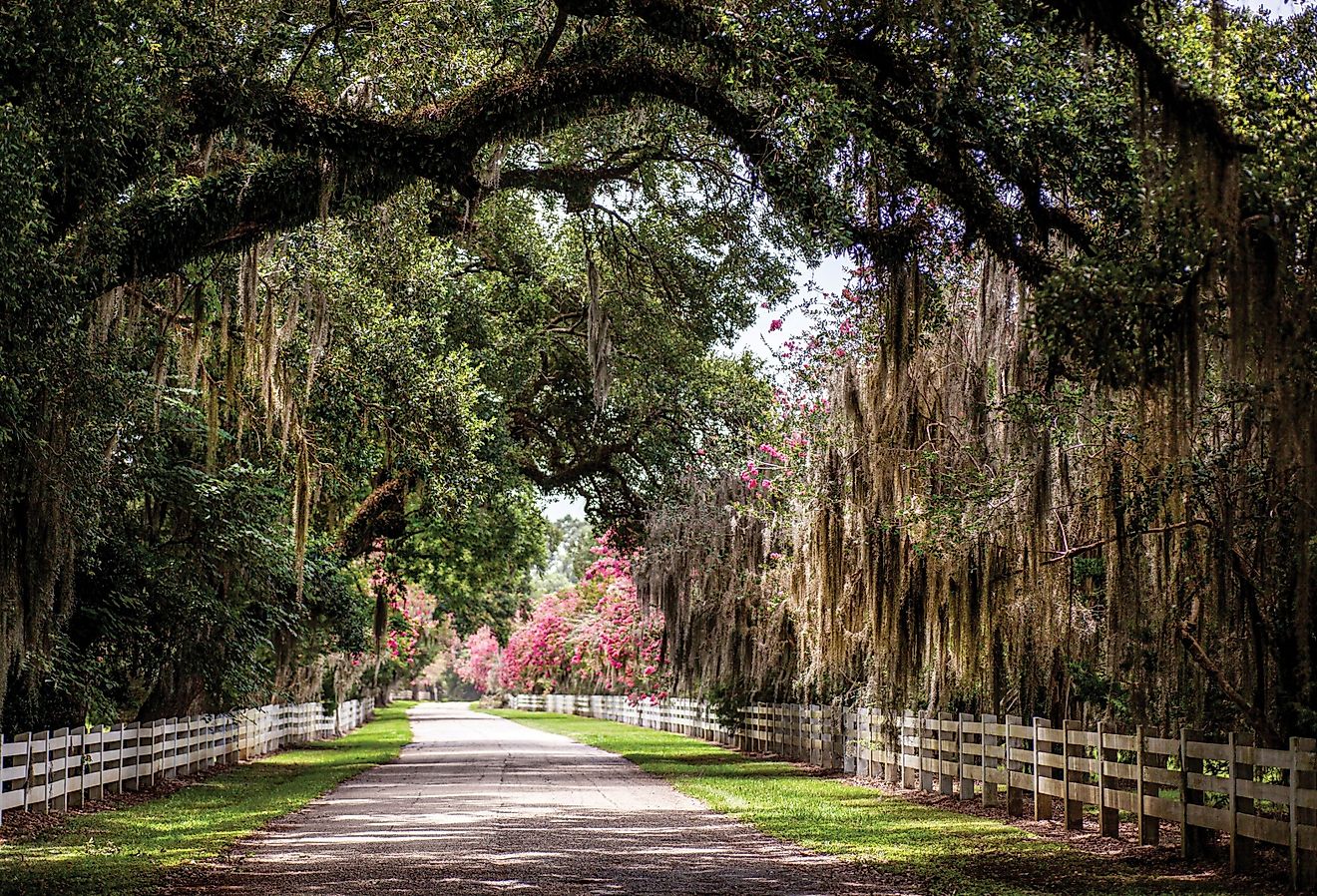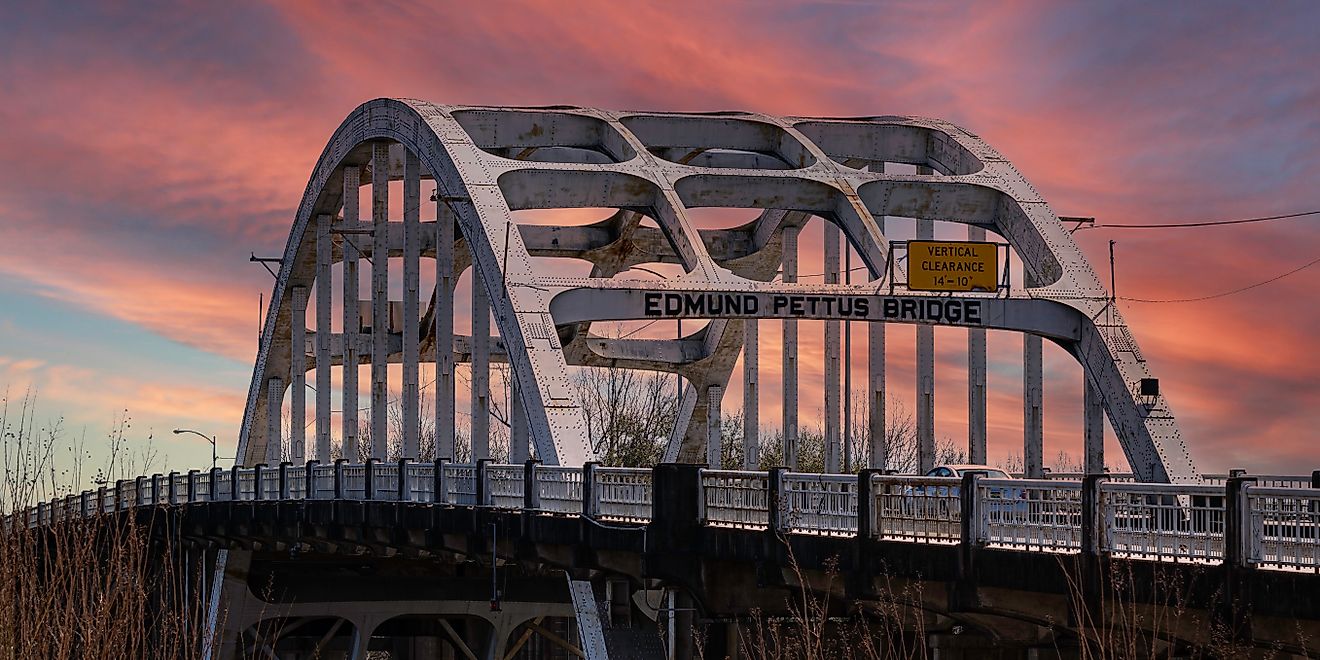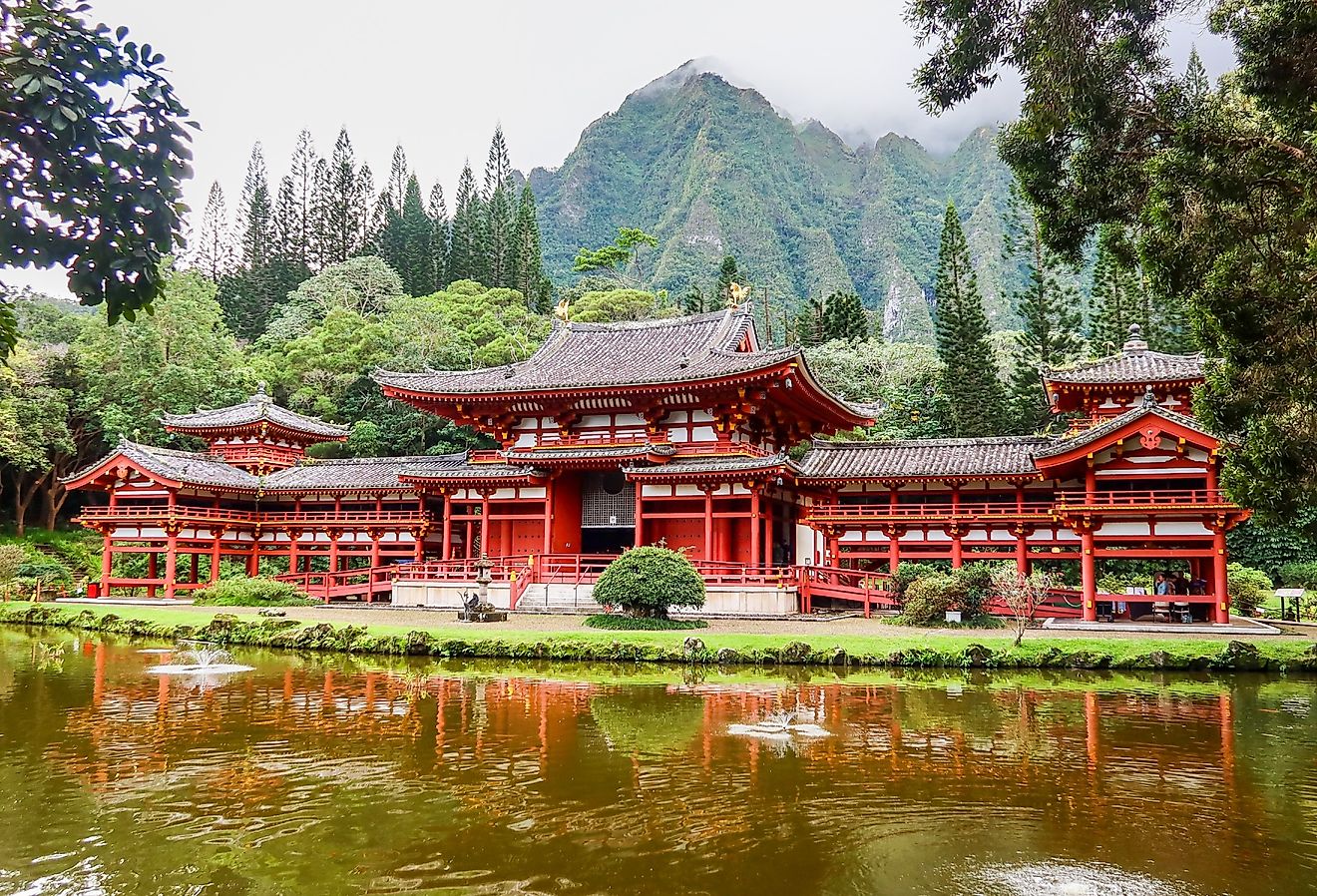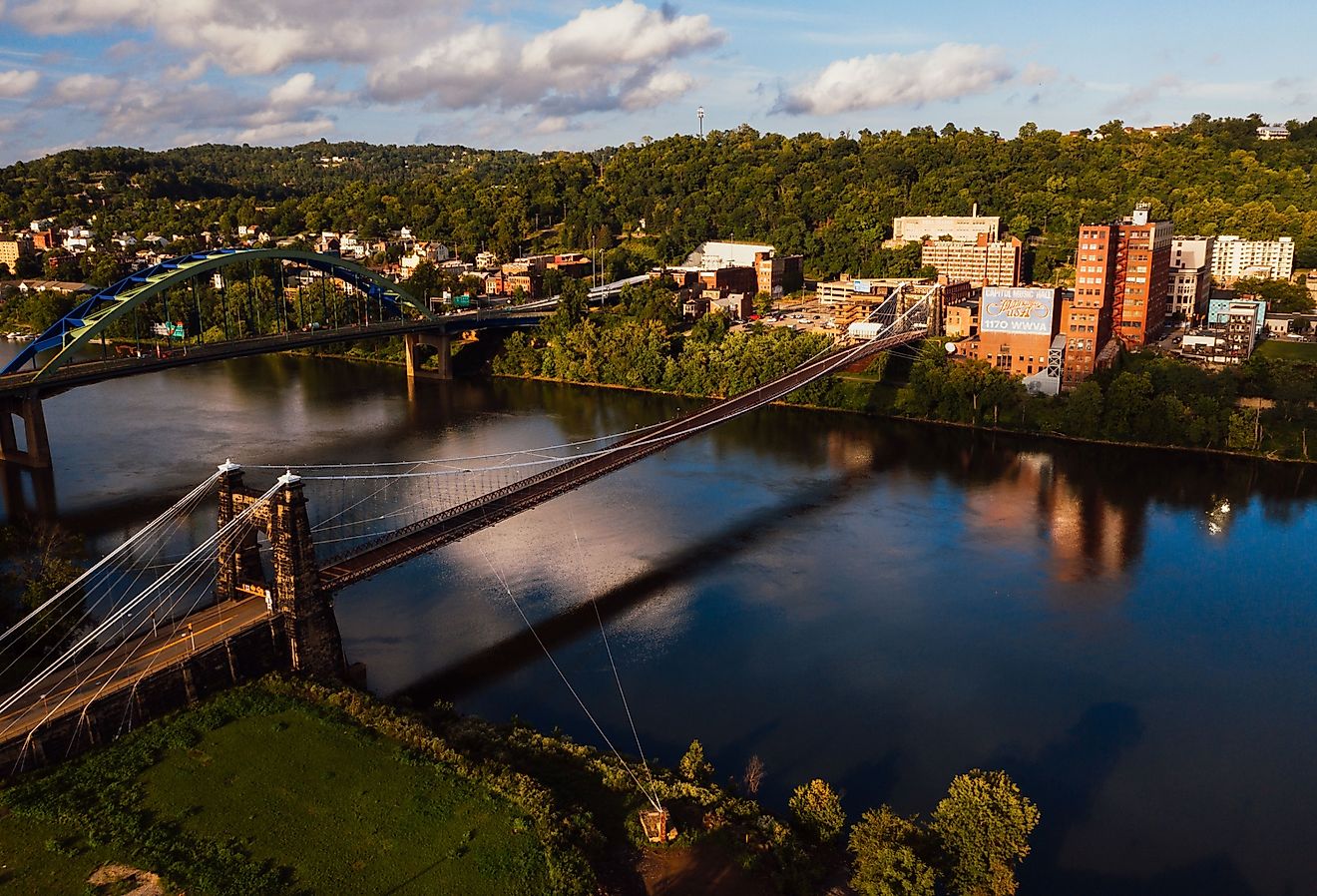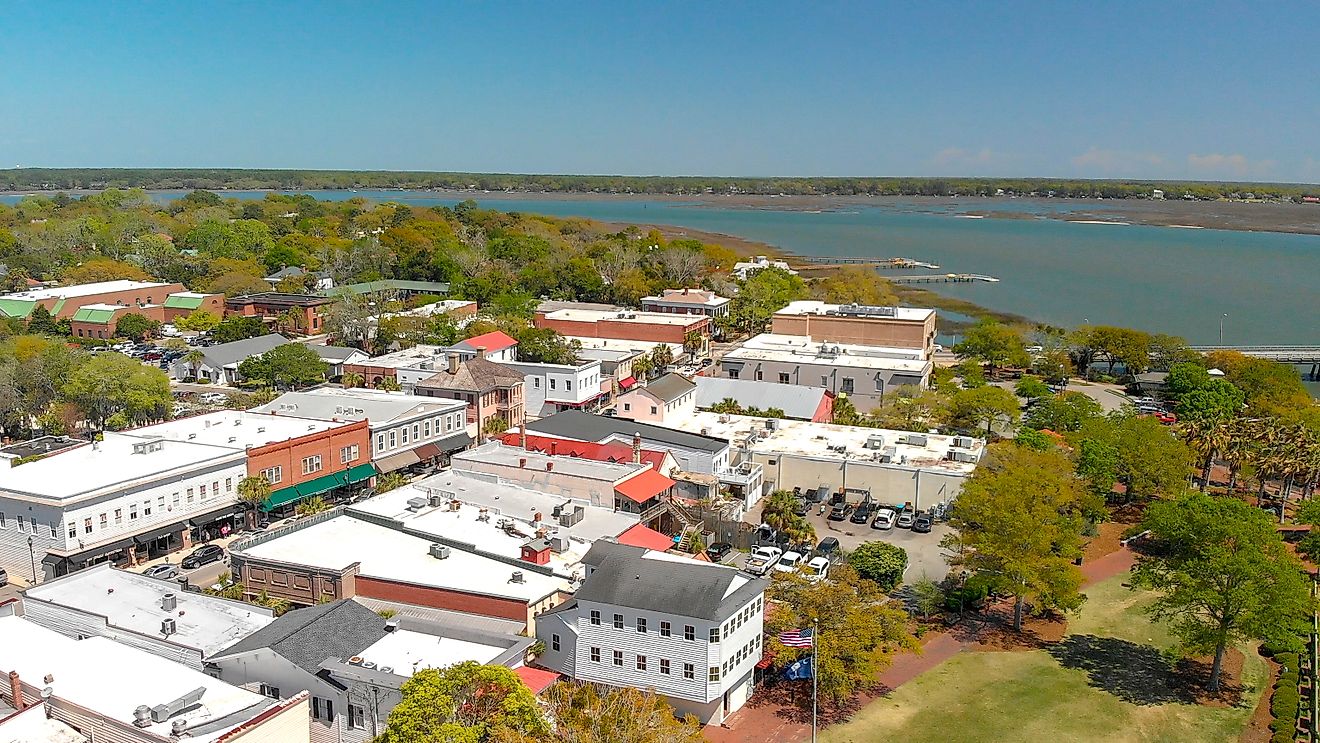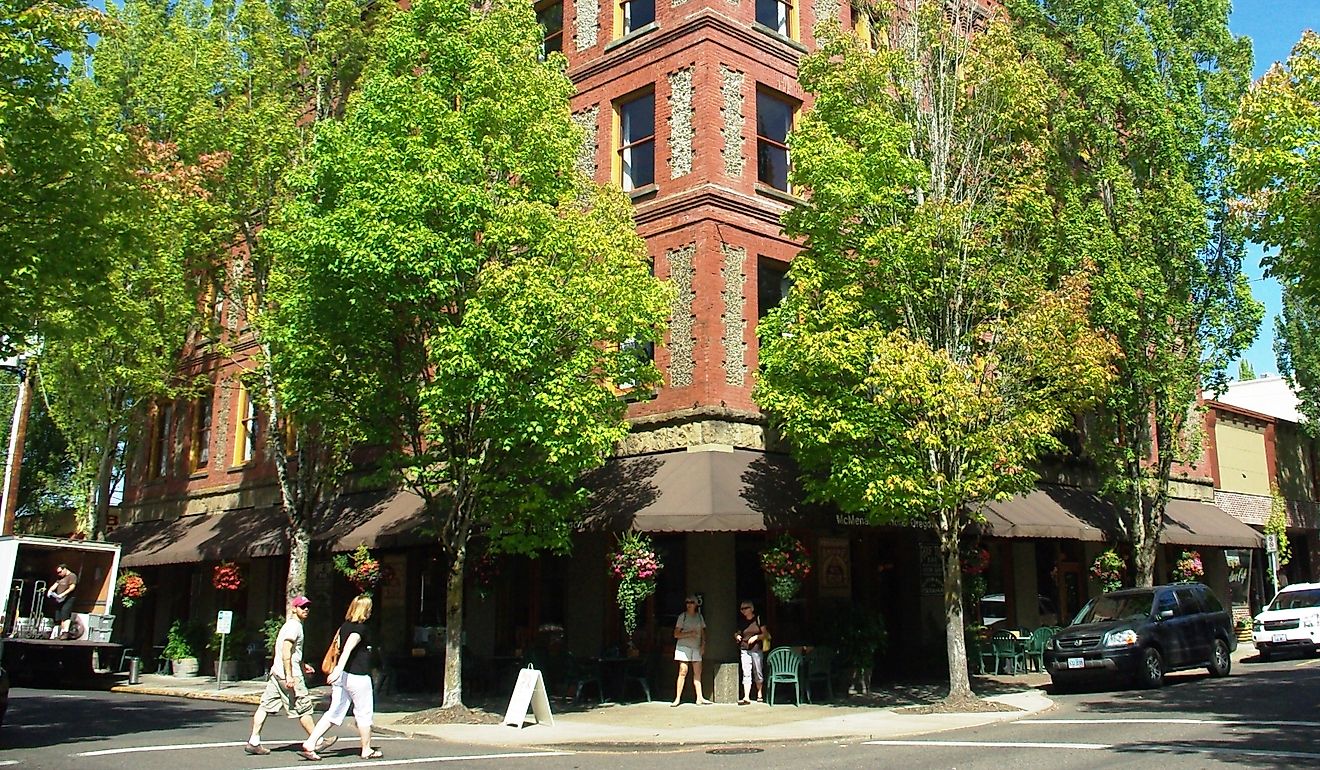Flags, Symbols & Currency of Timor-Leste
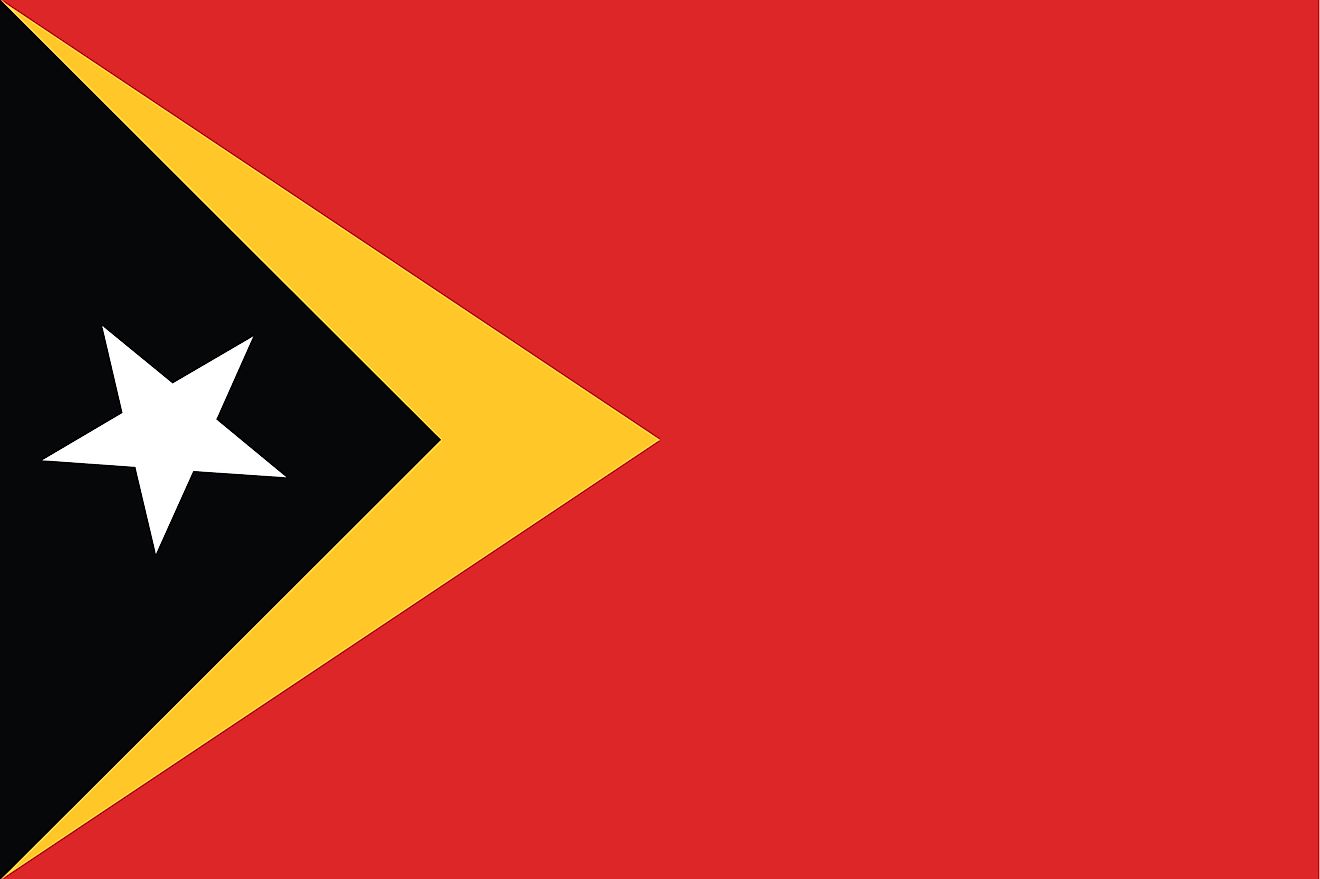
The flag of Timor-Leste features a red field with a black isosceles triangle on the hoist side of the flag. This triangle is superimposed on a larger yellow triangle, which is also based on the hoist side of the flag and has a height that is half the length of the flag. The black triangle features a white star with five points.
Each of the colors and symbols of Timor-Leste’s flag have meaning. The red color symbolizes the country’s struggle for freedom, while the yellow triangle is believed to represent the traces of colonialism in the country's history. The black color symbolizes the country's "obscurantism that needs to be overcome," and the white star represents peace and guiding light
History of the Flag
The national flag of Timor-Leste was first adopted in 1975 during the country's brief nine-day period of independence. On April 1998, a new flag was suggested for the country during the East Timorese National Convention, and its design was previously used by the National Council of Timorese Resistance. However, use of this flag was temporarily. When Timor-Leste gained its independence again in 2002, the flag first introduced in 1975 was readopted as the country's national flag.
Symbols of Timor-Leste
National Coat of Arms Of Timor-Leste
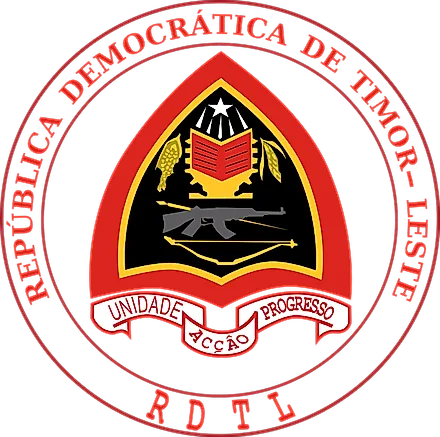
The coat of arms of Timor-Leste was adopted on January 18, 2007. The emblem features an inverted pyramid with red border and black core that represent the country's highest peak Mount Ramelau. In the black core, there is a five pointed star with five light rays at the top. Below the star is a red book kept open resting upon yellow industrial gear flanked by a rice ear and corn ear to the left and right respectively. Below that lies a AK-47 assault rifle and bows and arrows. A banner below the pyramid bears the words "Unidade, Acção, Progresso" ("Union, Action, Progress") in Portuguese. The emblem is surrounded by another circle band that has the official name of Timor Leste as "República Democrática de Timor-Leste" (Democratic Republic of Timor-Leste) in Portuguese with the acronym "RDTL.
National Anthem
- Anthem Title: Pátria (Fatherland)
- Composer: Afonso Redentor Araújo
- Lyricist: Francisco Borja da Costa
- Date of Adoption: 1975 (re-adopted in 2002)
Pátria or Fatherland is the national anthem of Timor-Leste. Although it was adopted on November 28, 1975 following the independence of Timor-Leste from Portuguese rule, the Indonesian invasion of the country led to the anthem being relinquished on December 7, 1975. It was once again adopted on May 20, 2002. Francisco Borja da Costa composed the music and Afonso Redentor Araújo wrote the lyrics for the anthem. Initially, the anthem was in Portuguese but now a version in Tetum, the national language, is also used.
Pátria (Portuguese)
Pátria, Pátria, Timor-Leste, nossa Nação.
Glória ao povo e aos heróis da nossa libertação.
Pátria, Pátria, Timor-Leste, nossa Nação.
Glória ao povo e aos heróis da nossa libertação.
Vencemos o colonialismo, gritamos:
Abaixo o imperialismo.
Terra livre, povo livre,
Não, não, não à exploração.
Avante unidos firmes e decididos.
Na luta contra o imperialismo
O inimigo dos povos, até à vitória final.
Pelo caminho da revolução.
Fatherland
Fatherland, fatherland, East Timor our Nation.
Glory to the people and to the heroes of our liberation.
Fatherland, fatherland, East Timor our Nation.
Glory to the people and to the heroes of our liberation.
We vanquish colonialism, we cry:
down with imperialism!
Free land, free people,
No, no, no to exploitation.
Let us go forward, united, firm and determined
In the struggle against imperialism,
the enemy of people, until final victory,
onward to revolution.
The Currency of Timor-Leste is the US dollar
The official currencies of Timor-Leste are the United States dollar notes and the Timor-Leste centavo coins. Centavo coins are found in the denomination of 1, 5, 10, 25, and 50, and as such, they match the denominations of the dollar coins except for the $1 coin. The continued use of these coins and the future probability of centavo banknotes is uncertain. The coins are not recognized internationally and have therefore not been awarded the ISO code. All US dollar banknotes circulating in the United States ($1, $5, $10, $20, $50 and $100) are also circulating in Timor-Leste.
History of the Use of the US dollar in Timor-Leste
The dollar replaced the Indonesian rupiah in 2000 as the currency used in official transactions. In 2003, the dollar was introduced to the general economy as the official state currency. The decision to adopt the dollar was made by the United Nations and the government of Timor-Leste to salvage the country from political and economic instability.
The adoption of the dollar made it easier to trade and do business in the country. American tourists simply need to carry their cash into the country and spend in whatever way they wish. Citizens from other states must visit a bureau de change to exchange their currencies. Since the centavo coins are pegged to the dollar coins, you are likely to receive the coins as the balance of using the notes. The economy is a cash-based society, and plastic currency is rarely used except in high-end facilities such as expensive restaurants.
Historical Currencies of Timor-Leste
The Portuguese Timorese escudo was used in Portuguese Timor between 1959 and 1976. Prior to that, the pataca served as the currency of the region between1894 and 1958. The escudo was replaced by Indonesian rupiah following the invasion of Timor-Leste by Indonesia. The escudo was divided further into 100 centavos.
